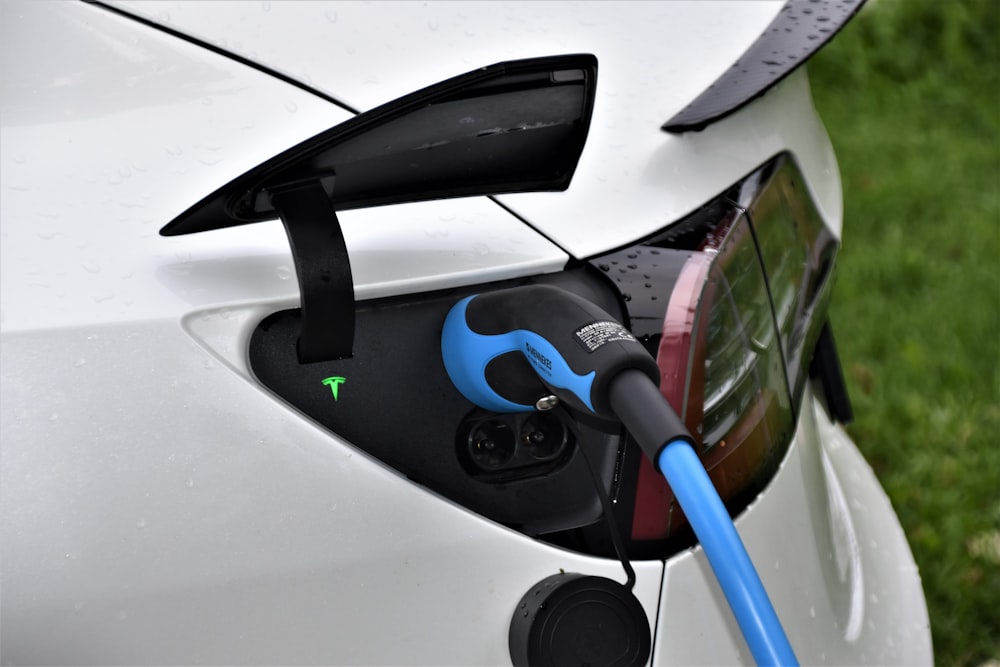Tesla vs. BYD: A Clash of Electric Vehicle Titans
In the rapidly evolving landscape of electric vehicles (EVs), two giants stand out: Tesla and BYD. Both companies have made significant strides in the industry, each with its unique approach and technological innovations. Let’s delve into the comparison between these automotive powerhouses.
The Rise of Tesla: Pioneering Innovation in EVs
Tesla, led by visionary entrepreneur Elon Musk, has become synonymous with electric vehicles. The company’s relentless focus on innovation has propelled it to the forefront of the EV market. From the groundbreaking Model S to the mass-market Model 3, Tesla has consistently pushed the boundaries of electric vehicle technology.
Tesla’s success can be attributed to its vertically integrated approach, which involves designing and manufacturing key components in-house. This strategy has enabled Tesla to maintain control over its supply chain and drive continuous improvements in performance and efficiency.
BYD: A Chinese Contender Making Waves in EVs
On the other side of the globe, BYD has been making significant waves in the EV industry. Headquartered in Shenzhen, China, BYD is known for its diverse portfolio of electric vehicles, ranging from passenger cars to buses and trucks. The company has gained recognition for its advanced battery technology and commitment to sustainability.
BYD’s success in the EV market can be attributed to its strategic partnerships and government support in China. The company has forged alliances with major automakers and secured contracts for large-scale deployment of electric buses and taxis in cities around the world.
Technological Innovation: A Key Differentiator
Both Tesla and BYD are renowned for their technological innovations in the EV space. Tesla’s Autopilot system, which offers advanced driver-assistance features, has set the benchmark for autonomous driving technology. Additionally, Tesla’s Supercharger network provides fast charging capabilities, making long-distance travel more convenient for EV owners.
Meanwhile, BYD has focused on developing next-generation battery technology to enhance the performance and range of its electric vehicles. The company’s Blade Battery, which boasts improved safety and energy density, has garnered attention from industry experts and consumers alike.
Market Presence and Global Expansion
In terms of market presence, Tesla has established itself as a dominant player in key markets such as the United States and Europe. The company’s brand recognition and loyal customer base have contributed to its continued growth and expansion into new territories.
BYD, meanwhile, has leveraged its strong foothold in the Chinese market to expand its presence globally. The company’s electric buses have gained traction in countries seeking to reduce emissions and transition to cleaner transportation solutions. Additionally, BYD’s partnerships with local governments and companies have facilitated its entry into international markets.
Challenges and Opportunities Ahead
Despite their successes, both Tesla and BYD face challenges as they navigate the competitive landscape of the EV industry. Tesla must contend with increasing competition from traditional automakers entering the electric vehicle market, as well as supply chain disruptions and regulatory hurdles.
Similarly, BYD faces challenges related to scalability and market acceptance outside of China. The company must continue to invest in research and development to stay ahead of the curve and maintain its competitive edge in the global EV market.
Looking ahead, the future of electric vehicles promises continued innovation and growth, with Tesla and BYD leading the charge. As technology advances and consumer preferences shift towards sustainable transportation solutions, both companies are poised to play a pivotal role in shaping the future of mobility. Read more about byd tesla




